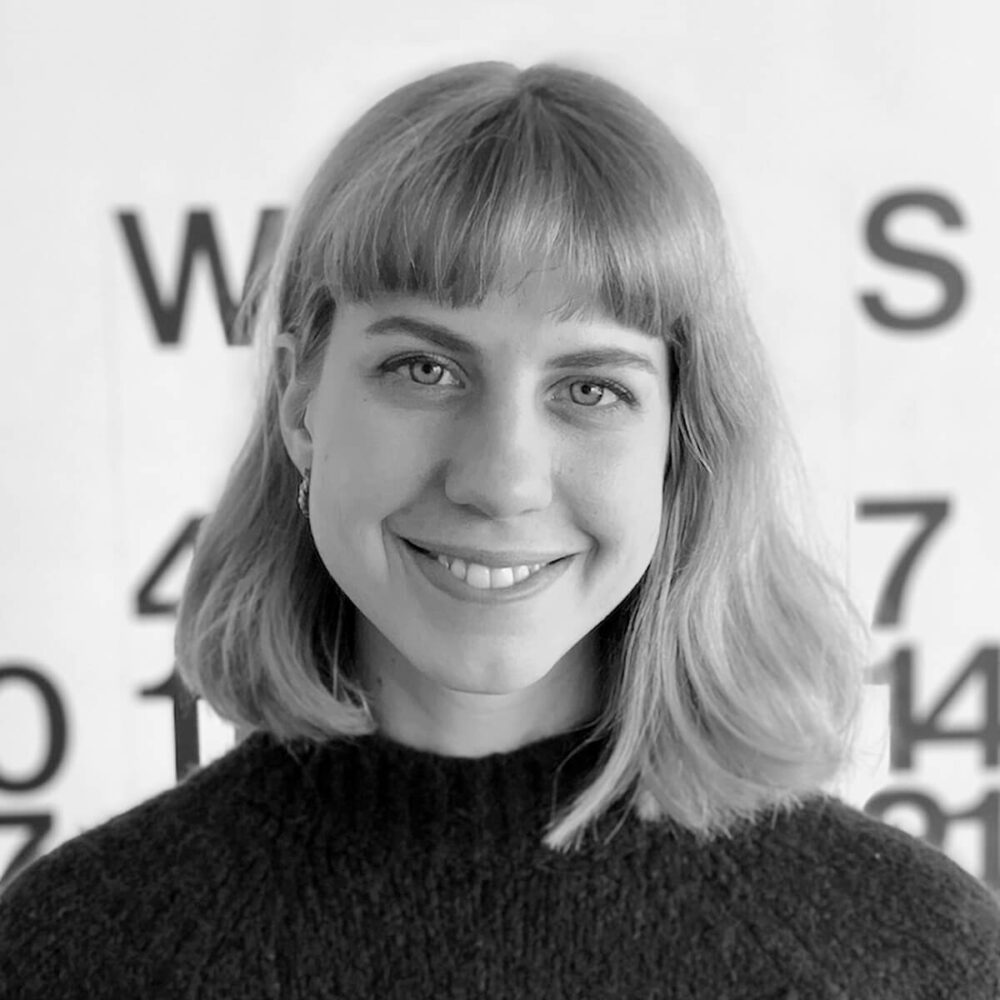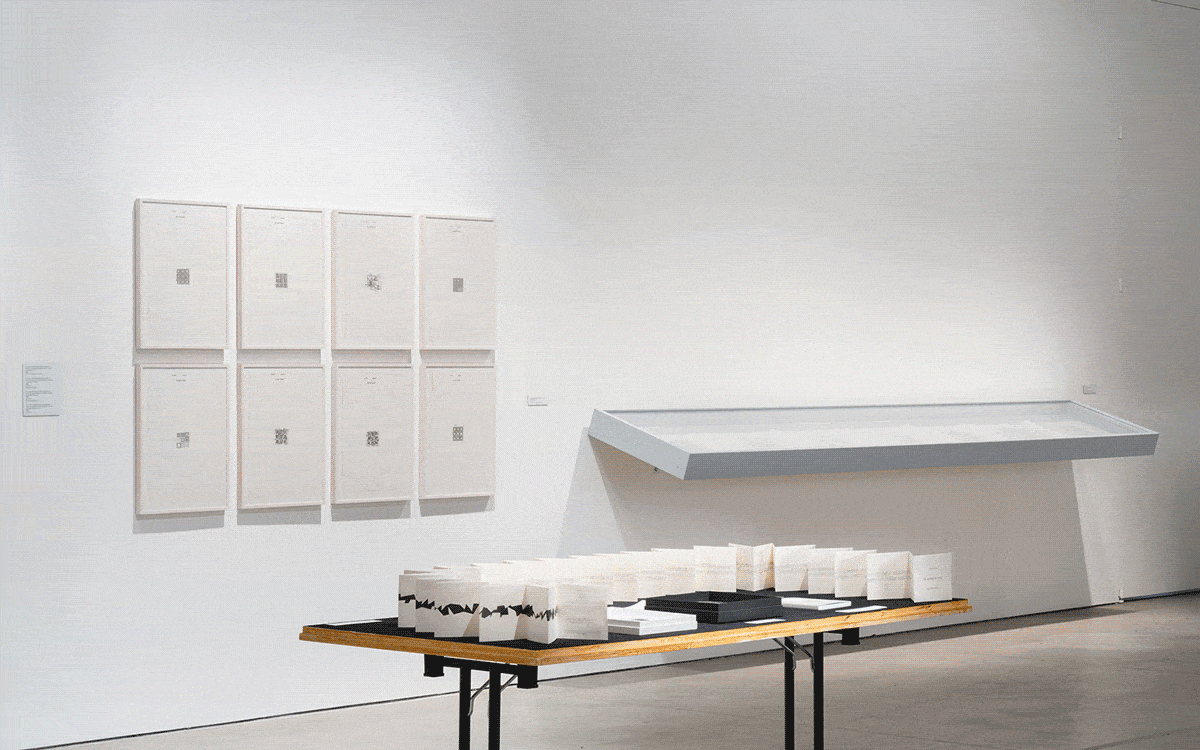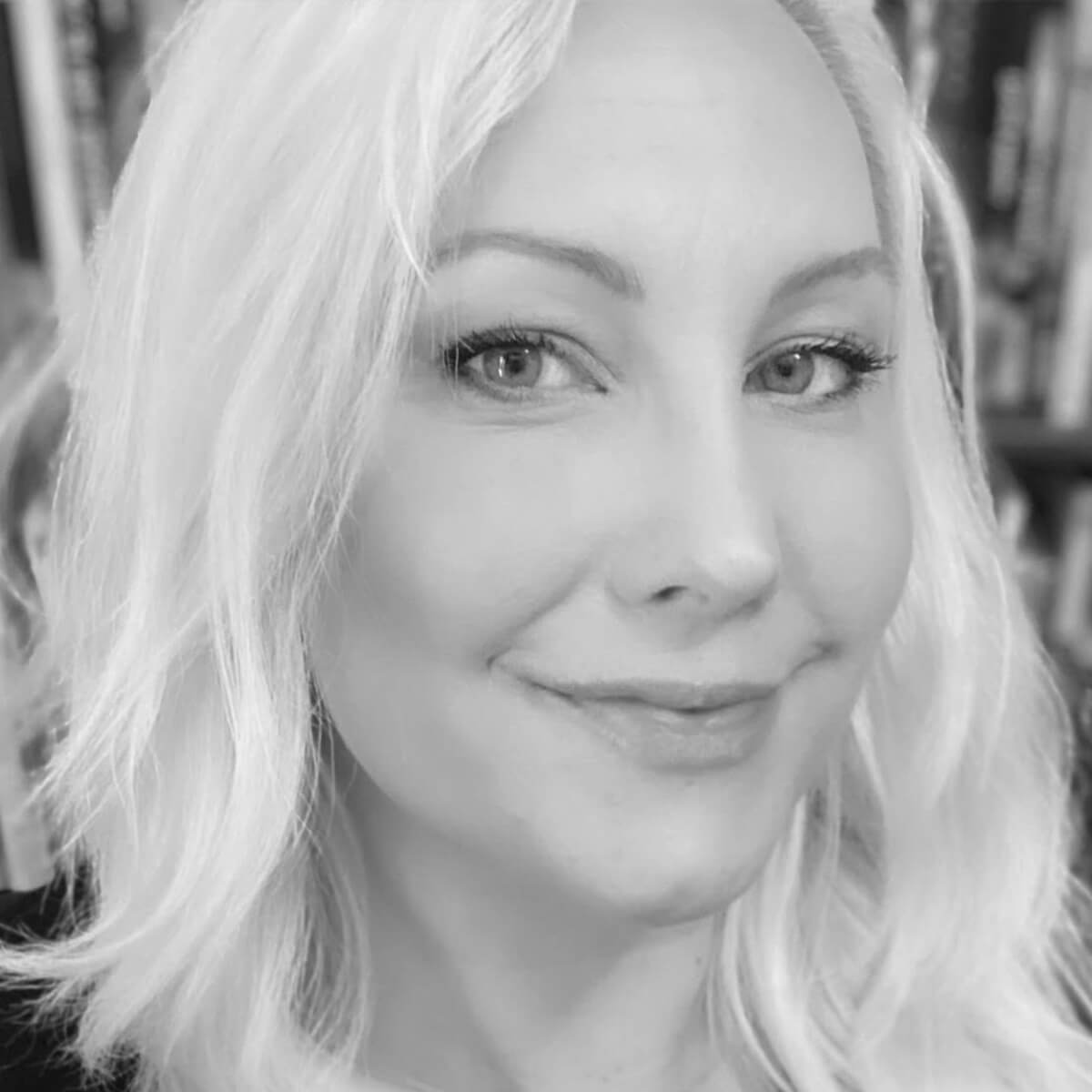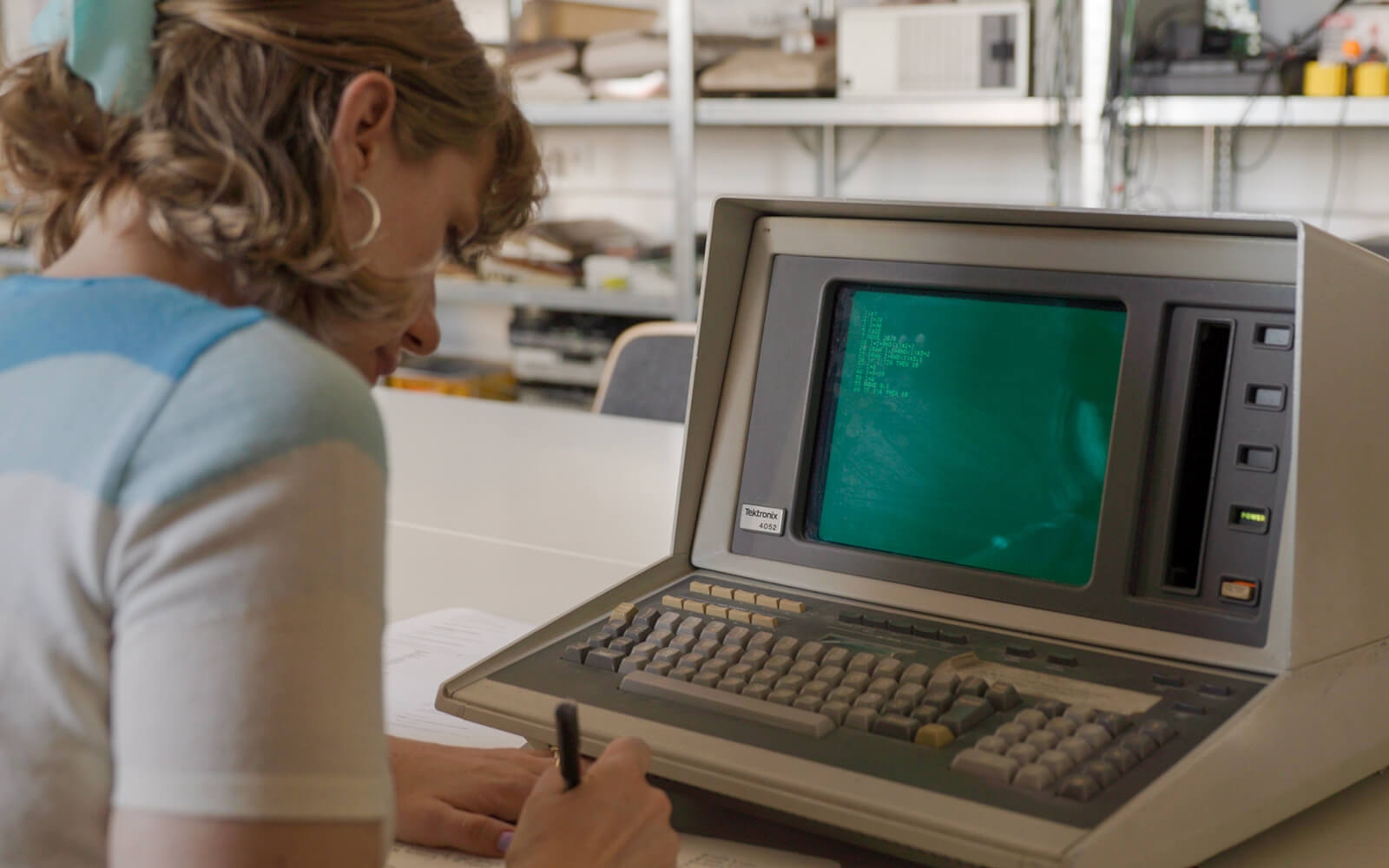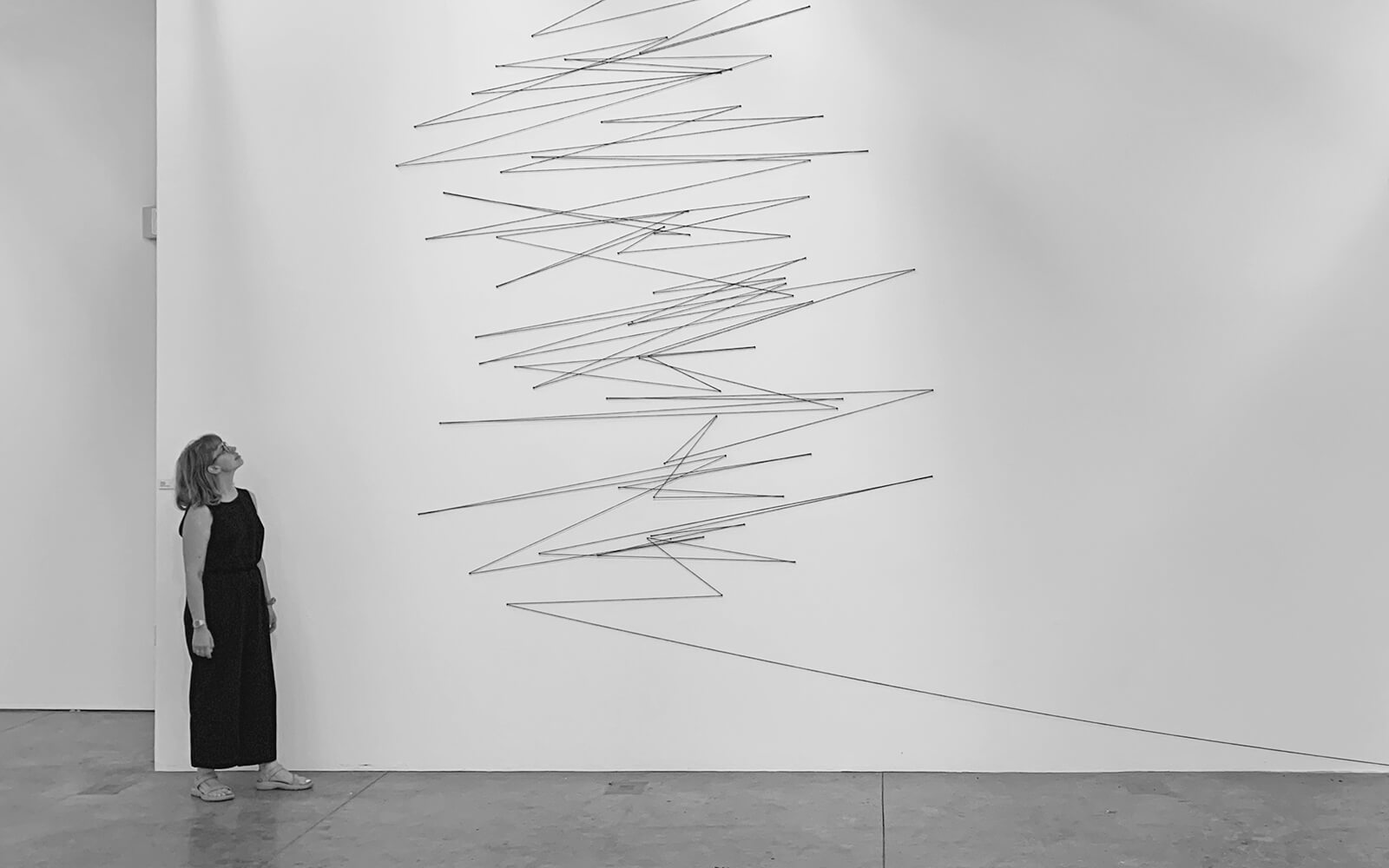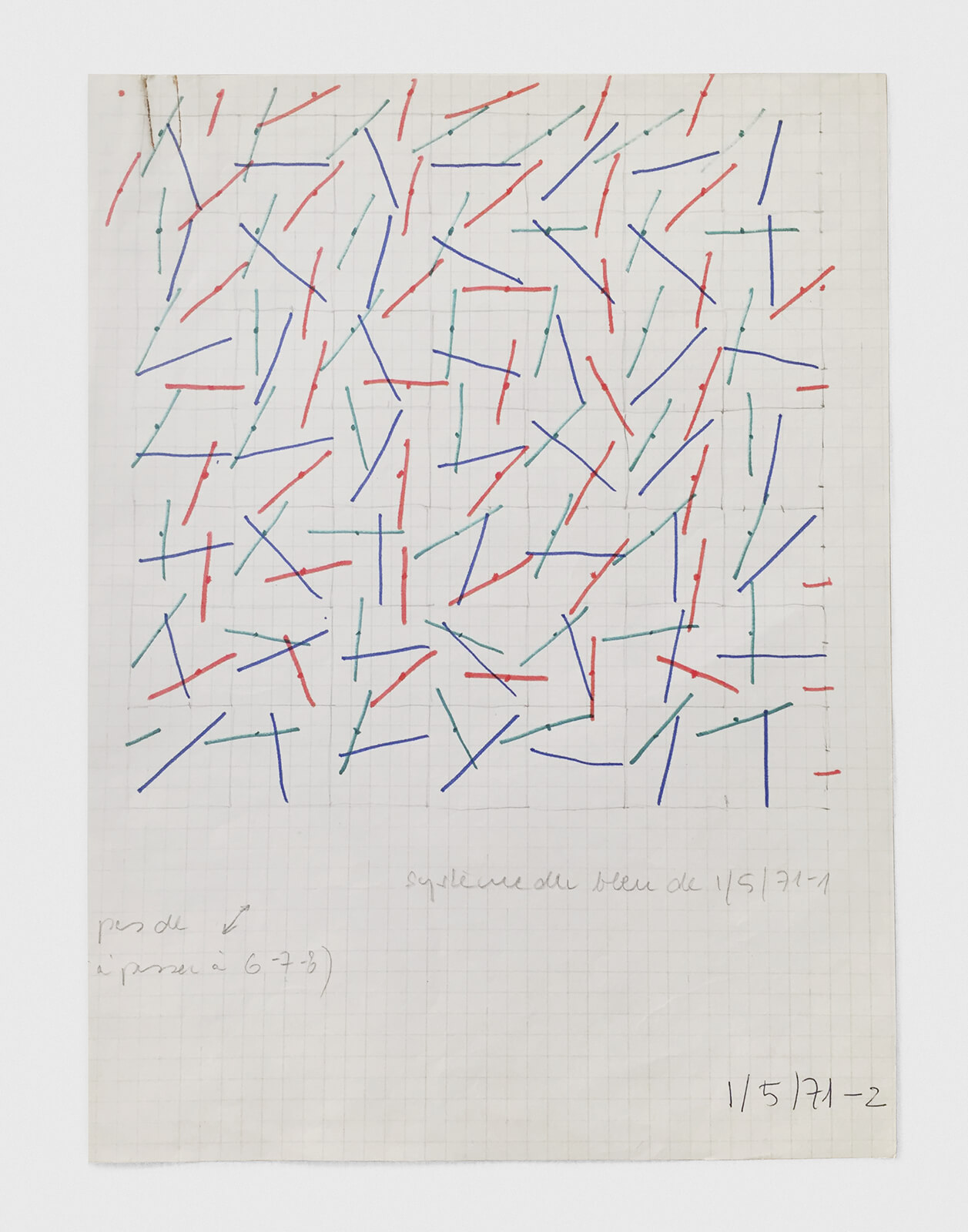Variations: Pulling Threads
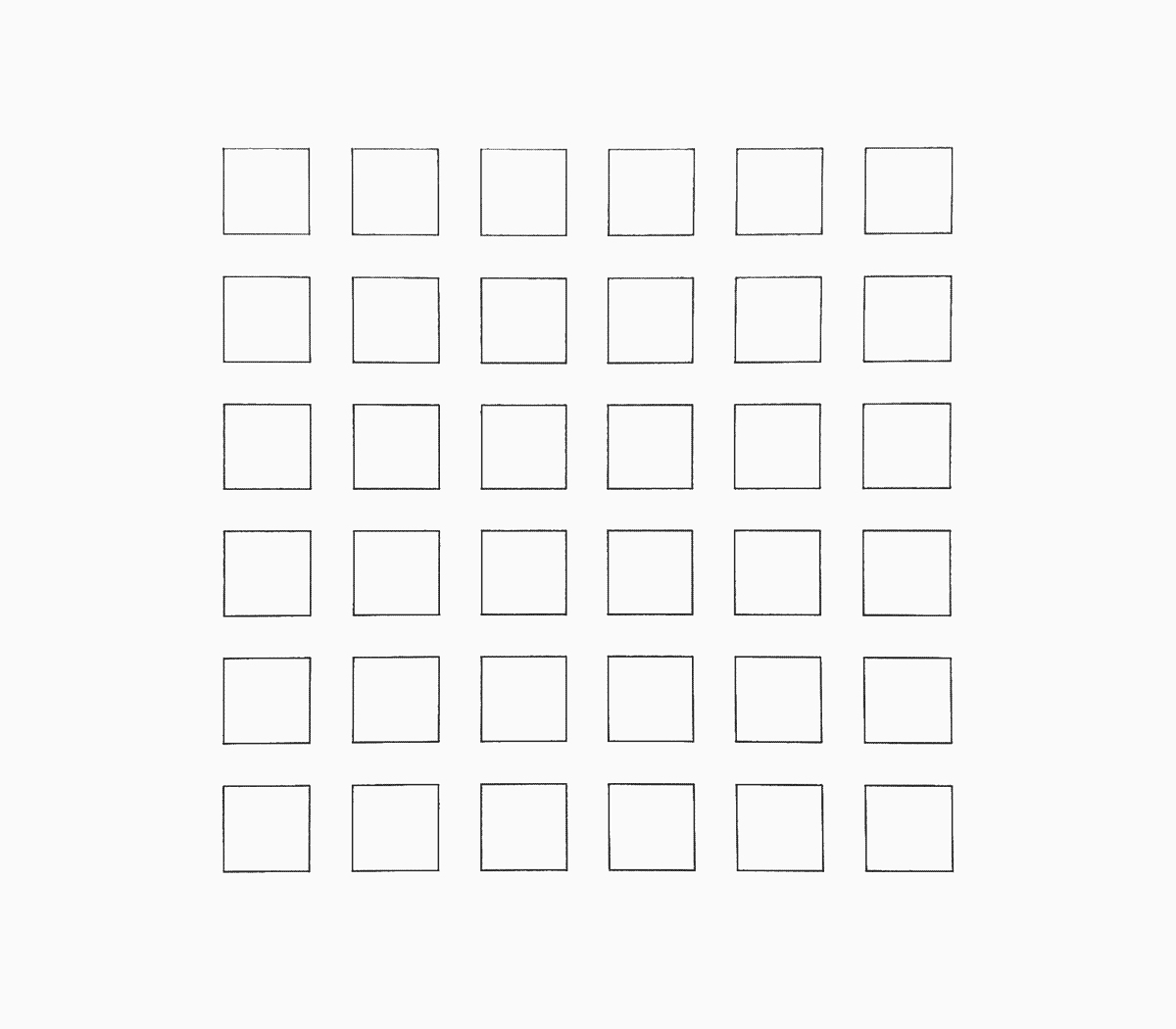
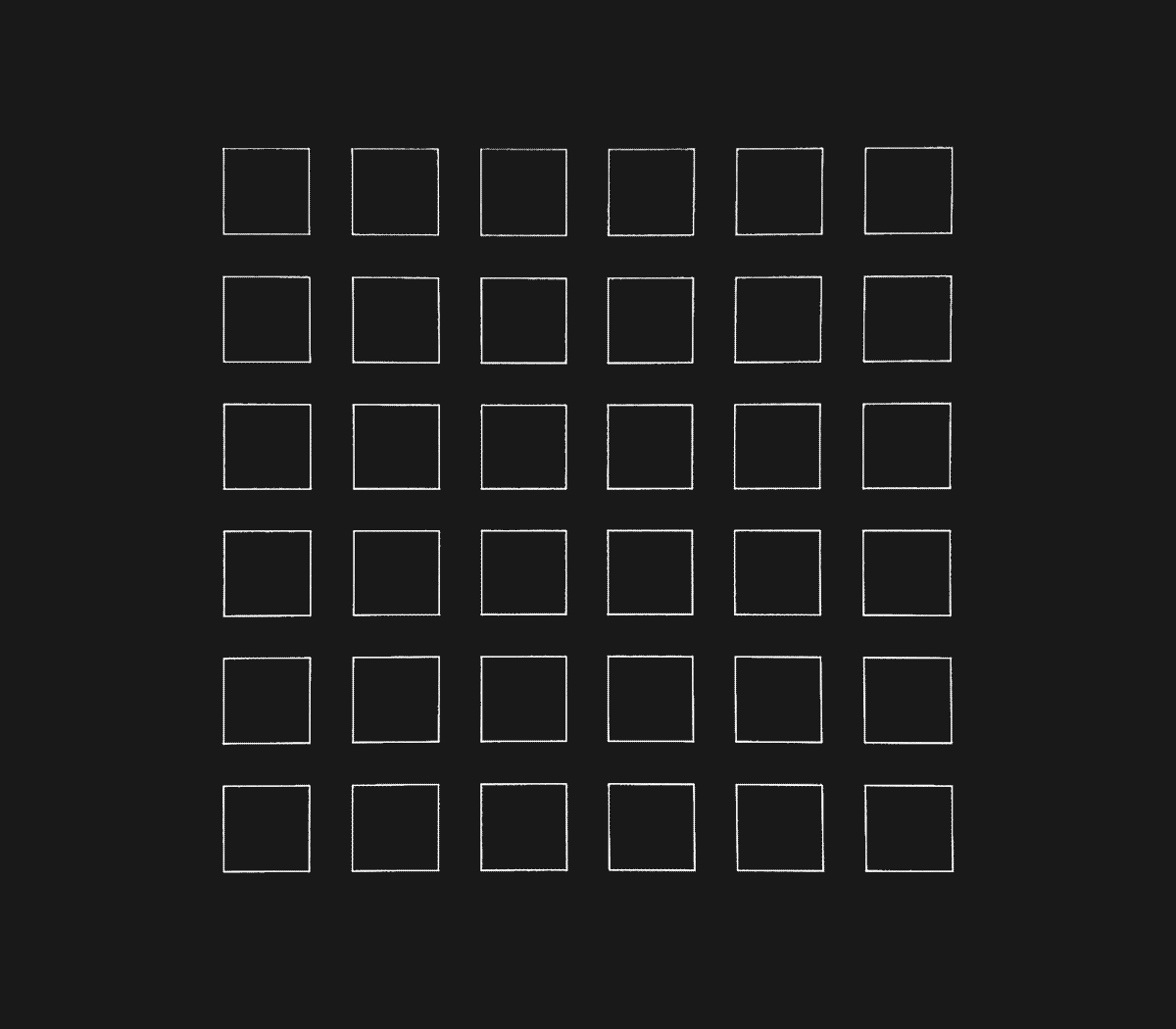
“Molnar doesn’t weave with thread—she makes paintings, drawings, and collages—but her metaphor perfectly captures the way ideas have moved, and continue to move, throughout her lifelong art practice.”
Zsofi Valyi-Nagy is a PhD candidate in art history at the University of Chicago, where she is writing her dissertation on Vera Molnar and the intersection between abstract art and early computer graphics in Cold War Europe. She is currently based in Berlin as a DAAD fellow at the Media Archaeological Fundus/Signallabor at Humboldt University, and is also a predoctoral fellow at the National Gallery of Art in Washington, DC. Her texts have appeared in Art Journal and Right Click Save; Zsofi is also a practicing artist.
“My work is like a textile,” Vera Molnar has told me, many times, over coffee, first in her home/studio in the fourteenth arrondissement of Paris, then in her sun-filled room at the nearby EHPAD, or retirement home, where she has lived since the summer of 2020. Molnar loves her coffee, and she squeals with delight whenever I show up at her door holding a thermos or two little paper cups. Like a textile—at least that’s how I can best translate the Hungarian word szövet that she uses, since we always speak in our shared mother tongue. At first I didn’t understand what she meant. But then she used her finger to trace a sinusoidal wave through the air, up and down along an imaginary x-axis. She was miming the weft, the thread that disappears behind the warp and then reappears again. Disappears, then reappears. Molnar doesn’t weave with thread—she makes paintings, drawings, and collages—but her metaphor perfectly captures the way ideas have moved, and continue to move, throughout her lifelong art practice.
Whether it’s the form of the concentric square or the continuous line, or the theme of the progression from order to disorder, Molnar is constantly revisiting her old ideas, creating unrealized works from her notebooks or reopening projects she hasn’t looked at in years. For her, nothing is ever really finished. There is always potential to come back, to see something from a new perspective. At ninety-eight, she is still bursting with new ideas, though her visual language is remarkably consistent, always remaining in the realm of geometry. For Molnar, it seems the square, the line, and the circle never go out of style. They are timeless.
“Whether it’s the form of the concentric square or the continuous line, or the theme of the progression from order to disorder—for Molnar, no work is ever really finished.”
This recursivity of Molnar’s work is one of its most compelling aspects, but it is also one of the most difficult to address in the traditional form of the art historical monograph. As I write my PhD dissertation on Molnar, parsing through the interviews, archival materials, and documentation of artworks I have gathered over the last five years, I become increasingly aware of the limiting structure of the monograph’s chronological structure and distinct chapters. How can I capture a nonlinear practice through such a linear form? I’m still figuring that out, but in the meantime, this is why I am particularly excited to lead this HOLO dossier. The way the dossier format weaves a narrative that unfolds over time, and that allows for nonlinear navigation across media, feels particularly amenable to Molnar’s work, and how I have been thinking about it.
And what better time to do this than on the occasion of Molnar’s first solo exhibition in the United States? “Variations,” curated by David Familian, is an important show not only because it is a first, or because it brings the remarkable Spalter Digital Art collection to a wider audience. “Variations” matters because the Beall does what very few institutions have had the space or the care to do: focus on Molnar’s works on paper, and show important series in their entirety. While most exhibitions will show one of her plotter drawings in isolation, framed and finished off with a date and signature (often alongside the work of other—mainly men—’Algorists’), at the Beall we can see the whole series together. We are invited to compare different steps in Molnar’s process, and to imagine what algorithms lie behind her pictures.
“This exhibition matters because the Beall does what very few institutions have had the space or the care to do: focus on Molnar’s works on paper, and show important series in their entirety.”
Over the next few months, we will take slow, virtual walks through this exhibition, pausing on specific artworks to look closely at them. I’ll be musing about Molnar’s processes behind the works, drawing on her writing as well our many conversations. Since my specific interest lies in the intersection of early computer graphics technology and abstract art, I will also be profiling specific computer hardware and programs that Molnar used in the 1970s and 1980s to create her work. Drawing on methods from media archaeology, I will also discuss how ‘reenacting’ her processes through creative coding can lend itself to art history as well as to contemporary media art practices and pedagogy. By sharing a combination of archival photos and anecdotes, vintage computing nerdery, and experimental writing, I hope to also weave something like a textile—and I invite you to explore its many threads with me.
Located in the Claire Trevor School of the Arts at UC Irvine in California, the Beall Center for Art + Technology was founded in 2000 in honour of Don and Joan Beall. Drawing on the arts and engineering interests of its namesake donors, it has served as an important North American hub for artist-led critical interrogation of emerging technologies through exhibitions, artist talks, and residencies. Over the last decade the Beall has featured artists including R. Luke DuBois, lauren woods, Christa Sommerer and Laurent Mignonneau, Zimoun, Golan Levin, and Nam June Paik.
The Vera Molnár exhibition was made possible with generous support from the Anne and Michael Spalter Digital Art Collection; the Andy Warhol Foundation for the Visual Arts; the Beall Family Foundation; and Etant donnés Contemporary Art, a program of Villa Albertine and FACE Foundation, in partnership with the French Embassy in the United States, with support from the French Ministry of Culture, Institut Français, Ford Foundation, Helen Frankenthaler Foundation, CHANEL, and ADAGP.
Variations
Weaving VariationsExplore more of "Variations:"
→ HOLO.mg/stream/
→ HOLO.mg/vera-molnar-weaving-variations/
